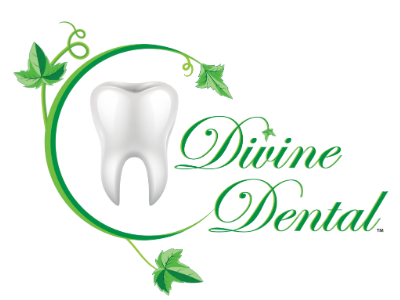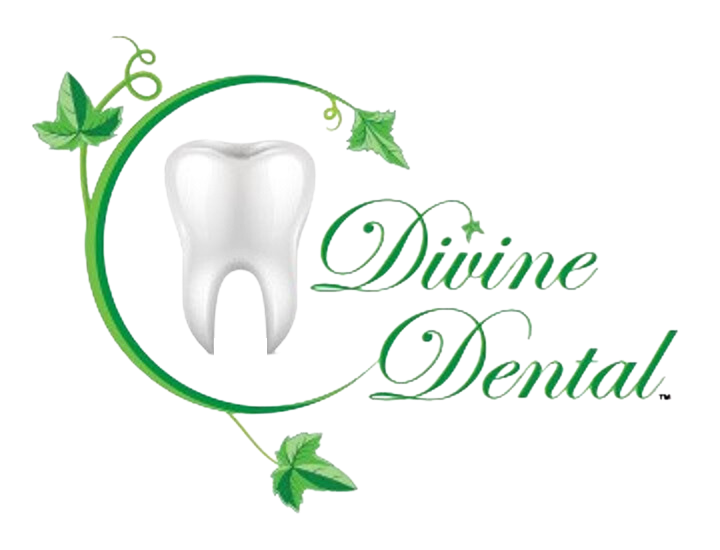Tooth Abscess: Causes, Symptoms, And Urgent Dental Care
A tooth abscess is a serious dental condition that requires immediate attention. It is a pocket of pus that forms inside the teeth or gums, typically caused by a bacterial infection stemming from tooth decay or gum disease. The most common symptom is severe pain, often accompanied by facial swelling and a sore throat. If left untreated, a tooth abscess can lead to further complications, such as tooth loss, body aches, and even a medical emergency. Urgent dental care is crucial in order to prevent the infection from spreading and causing more harm to the body. Seeking dental treatment promptly can help preserve natural teeth and alleviate the pain associated with this dental emergency. If you experience severe tooth pain or notice any signs of a tooth abscess, it is important to contact your nearest emergency dental professional for an immediate appointment. Dental health should never be taken lightly, and it is essential to address tooth abscesses promptly to ensure proper care and prevent further complications.
What is a Tooth Abscess?
A tooth abscess is a painful dental condition characterized by the accumulation of pus in or around the tooth. It occurs as a result of a bacterial infection that penetrates the tooth's protective layers. When bacteria enters through a cavity, crack, or chip in the tooth, it can reach the pulp, the soft tissue within the tooth that contains blood vessels and nerves. The body's immune response triggers the formation of an abscess as it tries to fight off the infection.
Within the tooth and surrounding tissues, the bacterial infection causes inflammation and the formation of a pocket of pus. This can lead to severe pain, tooth sensitivity, and facial swelling. Other symptoms can include a sore throat, body aches, and a general feeling of being unwell.
There are two main types of tooth abscesses: periapical abscesses and periodontal abscesses. Periapical abscesses occur at the tip of the tooth's root, usually due to tooth decay reaching the pulp. Periodontal abscesses, on the other hand, form in the gums and supporting tissues around the tooth, often as a result of advanced gum disease.

Causes of a Tooth Abscess
A tooth abscess can be caused by various factors, usually stemming from underlying dental conditions. The main causes of a tooth abscess include tooth decay, gum disease, and dental infections.
Tooth decay is a common cause of tooth abscess. When bacteria in the mouth feed on sugars and produce acids, they can attack the tooth enamel, leading to decay. If left untreated, the decay can progress to deeper layers of the tooth, eventually reaching the pulp and causing an infection that can result in an abscess.
Gum disease, also known as periodontal disease, is another contributing factor. When plaque and tartar accumulate along the gum line, bacteria can infect the gums, causing inflammation and infection. If not properly treated, gum disease can progress, forming gaps or pockets between the gums and teeth where bacteria can thrive and potentially lead to abscess formation.
Dental infections, such as those from a cracked or broken tooth, can also result in a tooth abscess. When the tooth's protective enamel is compromised, bacteria can enter the inner layers of the tooth and cause infection and inflammation. Additionally, dental procedures that inadvertently introduce bacteria into the tooth, such as a failed root canal treatment, can also lead to abscess formation.
Symptoms of a Tooth Abscess
A tooth abscess can cause a variety of symptoms that can range in severity. One of the most common symptoms is severe tooth pain. The pain may be sharp and throbbing, making it difficult to eat or drink. The affected tooth may also become sensitive to hot or cold temperatures.
In addition to tooth pain, a tooth abscess can result in noticeable gum swelling. The gum around the infected tooth may become red, swollen, and tender to the touch. This can make it uncomfortable to brush or floss properly.
Facial swelling is another physical sign of a tooth abscess. The infection can spread to the surrounding tissues, causing the face to become swollen or puffy. This can be especially noticeable around the affected tooth or in the cheek area.
Other symptoms that may indicate a tooth abscess include fever and a bad taste in the mouth. A persistent fever suggests that the infection has spread beyond the tooth and may require immediate medical attention. A foul or metallic taste in the mouth is often associated with the presence of pus or drainage from the abscess.
In some cases, a tooth abscess can cause difficulty swallowing. This can be due to the enlarged lymph nodes or the presence of a large abscess that is putting pressure on the throat.
If you experience any of these symptoms, it is important to seek urgent dental care to properly diagnose and treat a tooth abscess. Delaying treatment can lead to further complications and the potential spread of infection.
Treatment for a Tooth Abscess
When experiencing the pain and discomfort of a tooth abscess, there are some at-home treatments that can provide temporary relief. Warm saline rinses can help reduce inflammation and promote healing. Simply mix half a teaspoon of salt in 8 ounces of warm water and rinse your mouth gently for a minute or two, several times a day.
Over-the-counter pain relievers such as ibuprofen or acetaminophen can help manage the pain associated with a tooth abscess. Follow the instructions on the label and consult with a healthcare professional if needed.
Applying a hot compress to the affected area can also help alleviate pain and reduce swelling. Place a clean cloth soaked in warm water on your cheek near the abscessed tooth for about 10-15 minutes at a time.
However, it's important to note that these home remedies are temporary solutions and do not address the underlying cause of the tooth abscess. Urgent dental care is necessary to effectively treat a tooth abscess and prevent further complications.
Seeking professional dental treatment is crucial for a tooth abscess. A dentist can evaluate the extent of the infection and prescribe appropriate medication, such as antibiotics, to control the bacteria causing the abscess. In some cases, a root canal treatment may be required to remove infected tissue and save the tooth. In severe cases, tooth extraction may be necessary.
Ignoring a tooth abscess can lead to the infection worsening, potentially spreading to other areas of the body, and causing more serious health complications. Therefore, it is advisable to contact a dental professional as soon as possible for an emergency appointment to address the tooth abscess effectively and prevent further harm.

Conclusion
In conclusion, it is vital to seek immediate dental care when experiencing a tooth abscess to prevent further complications. A tooth abscess is caused by a bacterial infection and can lead to severe pain, facial swelling, and other uncomfortable symptoms. Home remedies such as warm saline rinses and over-the-counter pain relievers may provide temporary relief, but they do not address the underlying cause of the abscess. Only professional dental treatment can effectively treat a tooth abscess and prevent it from worsening.
A dentist can evaluate the extent of the infection, prescribe antibiotics if necessary, and determine the appropriate treatment, such as a root canal or tooth extraction. Ignoring a tooth abscess can result in the infection spreading to other areas of the mouth, causing damage to the tooth root or soft tissues, and even leading to more serious medical conditions. Don't delay in seeking dental care for a tooth abscess to ensure prompt treatment and protect your oral and overall health.



